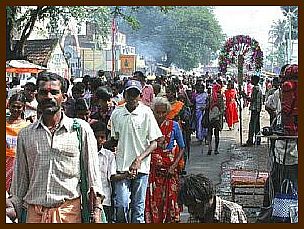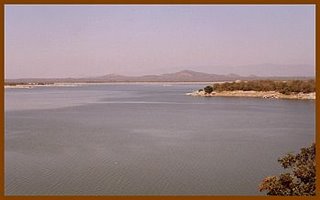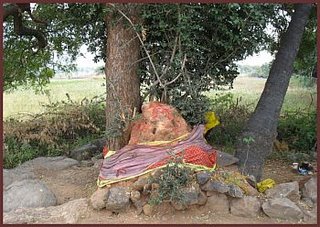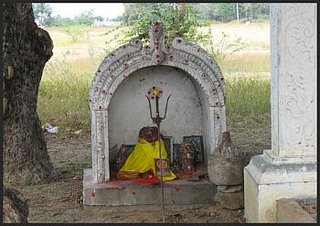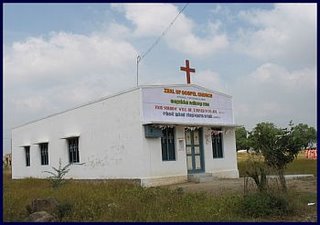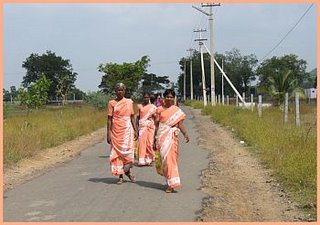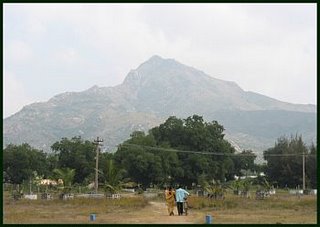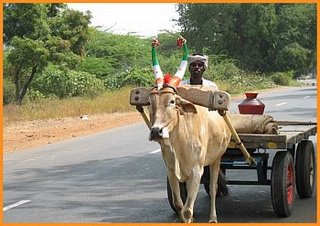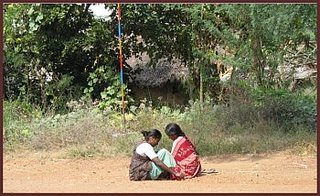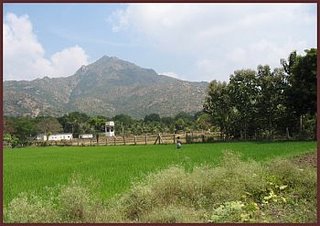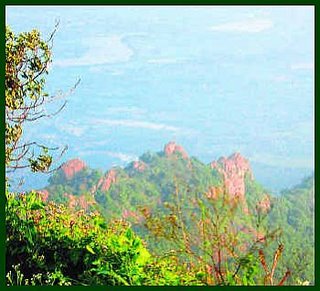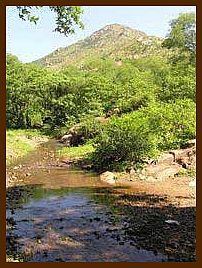Tamil Nadu's Puthirai Vannars are lower than the lowest in caste's hierarchy. They are an invisible people, outcastes even to the so-called untouchables of the country. Washermen to the Dalits, they live on the fringes of Dalit colonies, condemned by birth to eke out their lives in a state worse than slavery. This is a community that was once held to be 'unseeable'; traditionally, the Puthirai Vannars were not to leave their homes during the day and could go about their work only by night. When they went outdoors, they had to tie coconut leaves around their bodies to sweep away their footprints as they walked. The other castes considered even such minimal traces of their existence 'polluting'.
This practice was abolished in the 1930s by the Justice Party (renamed the Dravidar Kazhagam by Periyar in 1944). Perhaps the most visible manifestation of this is the custom that requires that they beg for their meals; in Tamil Nadu's villages, the Puthirai Vannar who attempts to grow or buy his own food risks grave social consequences. A Tiruvannamalai-based activist, puts it, 'They are at the bottom of the caste ladder, there is no caste lower than theirs.' That the Dalits themselves live in colonies separate from the settlements of caste Hindus, and also suffer the worst forms of discrimination, makes their treatment of the Puthirai Vannars harder to understand.
In Thachampattu Village, about 14km from Tiruvannamalai, Chinnapayan, a frail-looking man of about 55 years old, has nothing to call his own, except a small hut that resembles a cow shed. The hut fronts onto the village street, but to enter it one must go through a side-alley; Chinnapayan and his kind cannot be permitted unhindered access to a public road. His father left his three sons an 'inheritance' to divide among themselves; the right to serve 30 Dalit households with work that includes washing clothes, giving haircuts, carrying the processional torch during weddings, and preparing the dead body and making the bier (padai), when there is a death. In return for all this, Chinnapayan and his family are allowed two meals a day, leftovers that they must beg for from house to house, morning and evening.
Chinnapayan now looks after all the 30 houses his family once served, after his brothers moved out of the village. One of them opened a laundry in Tiruvannamalai, and the other found a low-paying job at a hotel in Velankanni. Of Chinnapayan's two sons, one has also moved to Tiruvannamalai, where he makes a living ironing clothes. The other son still lives with him. His daughter, Lakshmi, is with her husband's family in Ayyampalayam, near Tiruvannamalai. Lakshmi's in-laws also perform the Puthirai Vannars' duties in their village.
Many Puthirai Vannar families have sent their children away to nearby towns in search of other occupations while the parents continue their customary work, to avoid being ostracised. At a Colony in Tiruvannamalai, Arumugham breaks into tears as he narrates the ordeals his family suffers. 'I just want people to respect me as a human being. That's all I want from life. I think everyday of our shameful existence and shed tears in my heart,' he says.
In Tiruvannamalai, a Puthirai Vannar social organisation, says: 'The Government has not done anything for us. In 75% of the villages in Tiruvannamalai District, our people still beg for their food, but no politician is willing to help us. Most officials are not even aware that the Puthirai Vannars exist as a caste, and they refuse to give us caste certificates. Instead, we are listed as the majority Dalit community in the region . . . Nobody seems to understand, or want to understand, our problems.'































